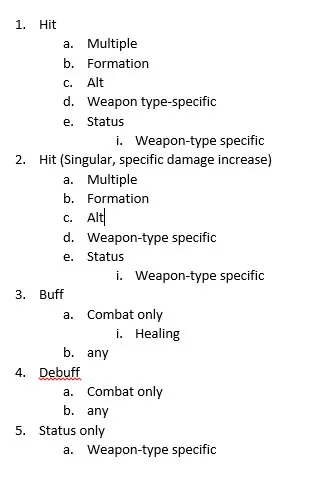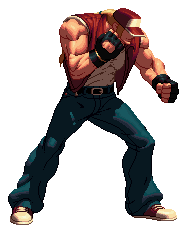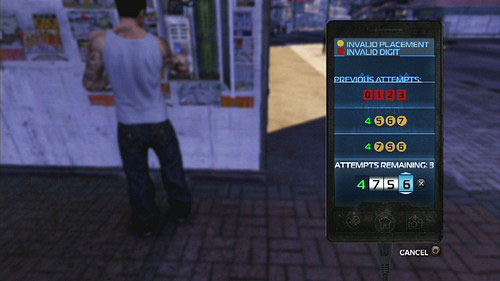Some progress over here. Mainly dealt with hardware stuff the last days, but
also did a bit of work on the software site of Retrotron.
For, I tried to somehow mimic the horizontal desync behavior some old TVs
undergo upon vertical retrace, which produced some instabilities on the upper
part of the screen for a couple of lines. The effect seen here is currently
not a real simulation of it, because I currently don't simulate the horizontal
sync-pulses during vertical retrace, yet, but will do so when my new filters
are in place which will filter out the sync-pulses instead of explicitly
knowing them in advance as of the moment. With the filters in place it becomes
possible to sync during the visible part of the scanline period, i.e.
producing (wrong) horizontal sync-pulses due to signal overshoot, distortions,
etc. Currently, sync distortions only happen within the vicinity of the
tracked position of the sync-pulses.
The hardware site of Retrotron comes along nicely, too.
Got a bundle of Nano micro-controllers to mess around with. The hardware and
software environments are up and running now. Over the next week I'm going to
port Retrotron's video signal generator (I wrote in software on the PC) over
to the AVR to let it execute on the Nano whatever. Problem is, it now gets
a bit more complicated because now everything needs to be realtime and the
timings need to match perfectly. End of story should be a composite video
signal coming out of one of the pins. The signal itself should contain an
image of a small RAM buffer. This is sort of simulating a simple VGA adapted
(monochrome for the time being) if you so will.


















